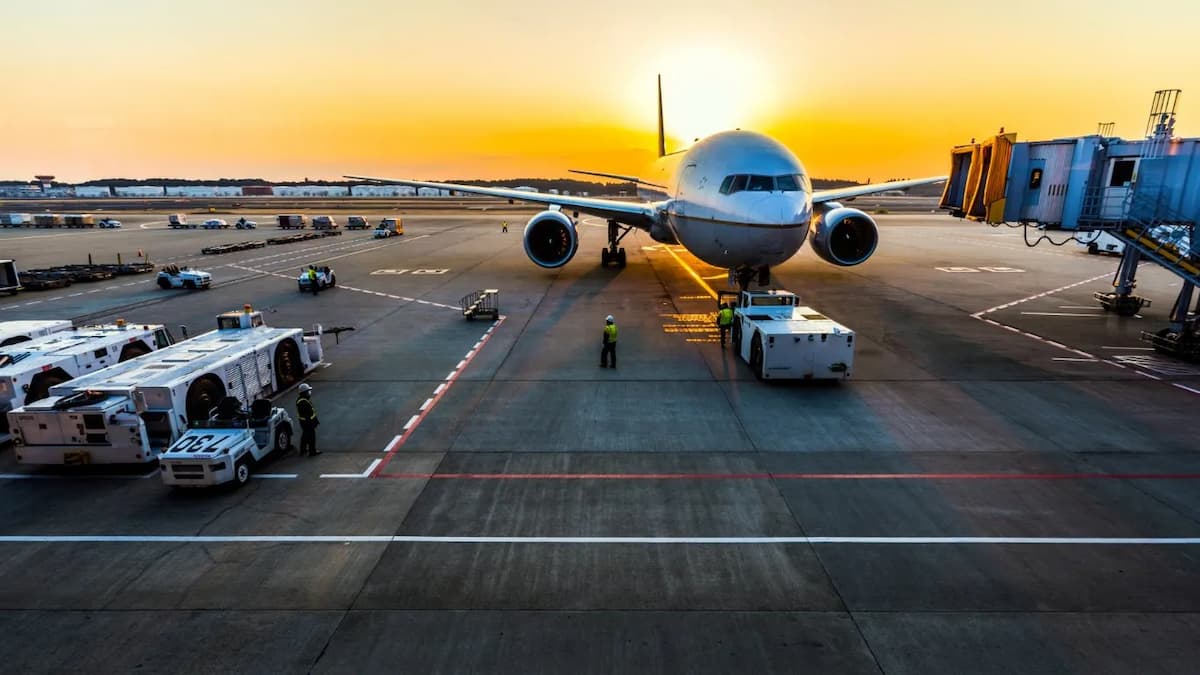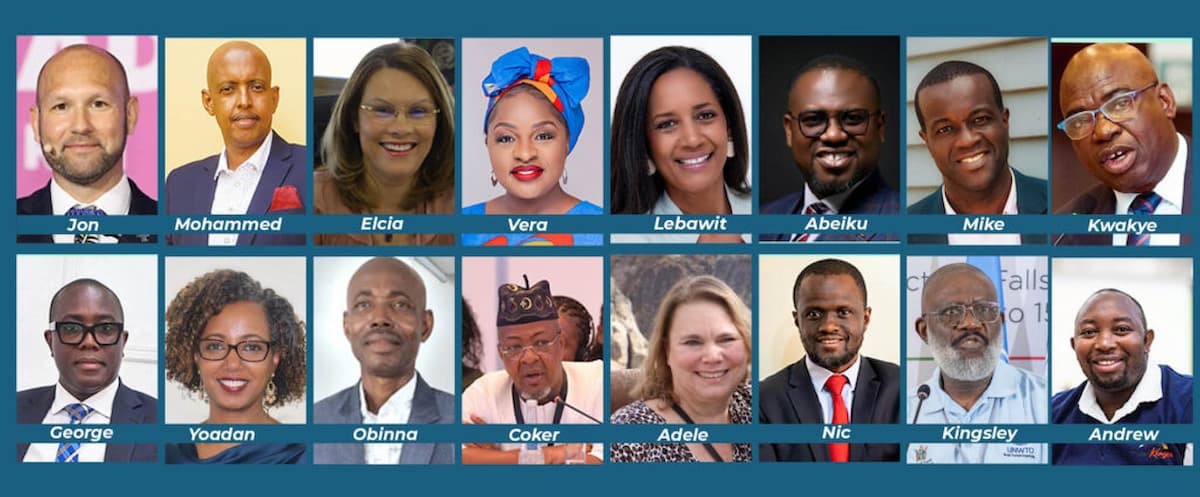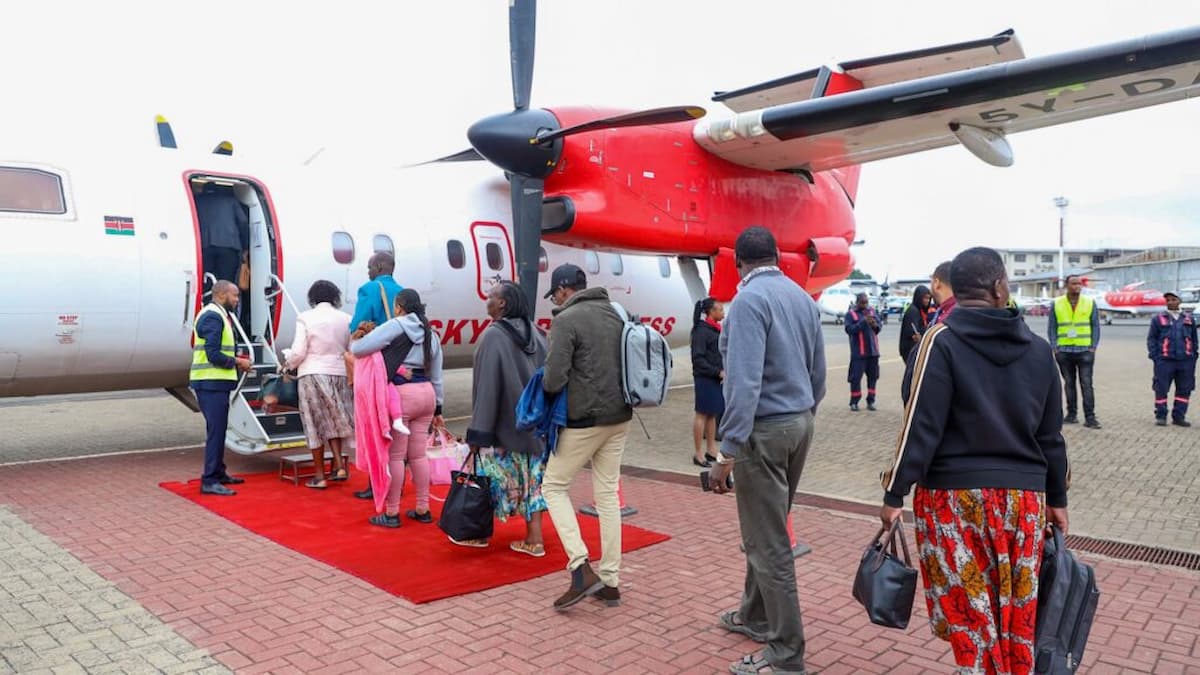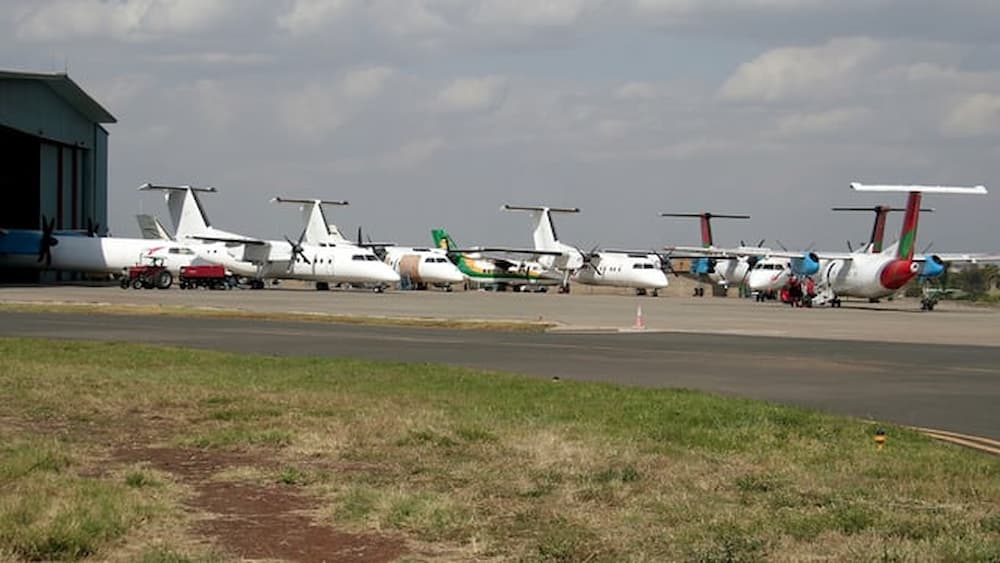As we bid farewell to 2023 with a symphony of fireworks and festive revelry, the spotlight shines on tourism, proving that it’s not just an industry but a resilient force on the rise.
In 2023, the tourism industry witnessed remarkable growth. Globally, it showcased an impressive resurgence, reclaiming 90 percent of pre-Covid levels by the year’s end.
Also, at the global level, the United Nations World Tourism Organization (UNWTO) opened new offices in Africa and the Americas, apart from the ones opened earlier in Saudi Arabia and in Nara, Japan.
On the African continent, tourism gained momentum in 2023, especially with more countries set to adopt visa-free model for other Africans as championed by Rwanda. With its landmark visa announcement for travellers in 2023, Kenya is free to all Africans from this January, Malawi is in the pipeline, Ghana and South Africa have also removed visa barriers to grow tourism and trade.
In 2024, more countries are expected to follow the positive trend to boost seamless and borderless Africa.
The visa-free African move probably impacted the Africa Visa Openness Report 2023. The report, published by the African Development Bank (AfDB) and the African Union, revealed some laudable policies with more countries opening doors to more Africans.
It highlighted fruitful efforts made at eliminating the hassle of travelling for Africans and thereby enabling the “Africa we Want Agenda”.
Again, African Tourism, for the first time, witnessed the rise of women Ministers of Tourism. Nigeria, Zimbabwe, and Sierra Leone all have women Ministers of Tourism. The trend is expected to continue in 2024. But as has been the case in all spheres, resolutions will be the talking point as we plan for the year.
As a public-private venture, we solicited the opinions of experts, policy leaders, and media about how Africa’s tourism sector should take in 2024.
Vera Kamtukule- Malawi’s Minister of Tourism
Malawi’s Tourism industry has had yet another resilient year in 2023. Coming back from the devastating effects of the cyclone Freddy and other economic challenges. Inspite of it all, the sector continued on a steady path and registered a number of achievements that we are proud of. The September Tourism month saw some entities raising their occupancy rates from as low as 30% to as high as 90%. The greatest achievement in the year was therefore the renewed drive on domestic tourism. As we look forward with optimism to 2024; our main areas of focus will remain product development and destination marketing. The 20 year Tourism Investment Master plan will be in its third year in 2024 and we are hopeful that at least 3 projects therein will kick off as we continue in our quest to get as many investors as possible.
Folorunsho Coker, Director General- Nigerian Tourism Development Authority
The growth of Nigerian and African Tourism will be in 2024 Pan African. We must do so much more together with the limited available resources. We only see a little of 5% of the $8 trillion income, others share 95%, whereas we represent 51 countries out of a total of 152 countries in the global tourism economies. There is neither room for politics in Tourism nor Tourism in politics. The Corporate Governance, Human Resources and Infrastructure Development, Events marketing and Single digit funding in a new Tourism Development bank must be our priority. We must open up African Skies and boarders.
Mohammed Hersi- Chairman Diani Hospitality Owners Association, Kenya
We are bullish in Kenya and the region on matters tourism. The abolition of Visa is one major move that is bound to make traveling to Kenya very easy including for our African neighbors as we strive to grow the number from our fellow African countries.
Jon Howell, CEO AviaDev Africa
Sustainable tourism development in Africa is inextricably linked with improving intra-African connectivity. 2023 saw many new regional routes and partnerships and I anticipate more in 2024.
Yoadan Tilahun, CEO, Flawless Events- Ethiopia
I believe Rwanda will continue to dominate as the preferred destination for the events and meetings sector for international organizers. I continue to be surprised by how hard it is to get around the continent so countries who prioritize ease of entry and invest in the right event properties will win in the long run.
Kwakye Donkor CEO, African Tourism Partners
It’s been an incredible year for Africa’s Tourism sector with great wins for visa facilitation in Africa which is expected to give impetus to the intra Africa travels. Nonetheless, as we welcome 2024 with optimism, we need more collaborative efforts to walk the talk in tourism, while carrying the youth along. We need to make intra-African travels, seamless connectivity and borderless Africa a reality.
Nic Sabula – CEO, Kenya Association of Travel Agents (KATA)
Travel and Tourism in Africa will fully recover to the precovid levels in 2024. Statistics at the close of 2023 are showing an industry that is headed to a full recovery. I am very optimistic that barring any unforeseen eventuality, 2024 numbers will exceed 2019 levels marking an earlier recovery compared to the predicted 2025. Africa is open for business.
Gilbert Abeiku Aggrey, CEO, Kaya Management Services, Ghana
“In 2024, Africa’s tourism promises a vibrant tapestry of cultural immersion and breathtaking landscapes. The continent beckons travelers with untold adventures, showcasing its rich heritage and natural wonders. As industry insiders, we anticipate a surge in sustainable tourism, forging a path that harmonizes exploration with conservation for a truly transformative experience.”
Adele Mackenzie, Editor, Tourism Update
There is a clear, strong demand for tourism to Africa from all corners of the globe. If we can increase continental collaboration and align policies we can address barriers to tourism such as visas and increased regional and international air access – including lowering pricing around flights, I believe Africa will not only see great post-COVID recovery but growth beyond the 2019 numbers.
George Ayisi- Head of Sales, Labadi Beach Hotel, Ghana
It has been a great year eventhough we are still in a recovery mood and that is a testament that the market is responding to the demands of this industry. Going forward, I expect that there will be enhanced airlift in Africa and seamless Visa facilitation for a robust growth in the tourism sector.
Lily Ajarova, CEO- Uganda Tourism Board
I believe to a large extent tourism and travel have recovered from the effect of covid 19. There are new trends set that require a lot of innovation and sustainable practices. Uganda is set and working hard to align its tourism offerings to the trends. Important too is improving domestic and regional tourism.
Mike Tavares, CEO, Ojimah
The end of the year is the perfect time to reflect and dream big for the year ahead. May 2024 be an opportunity for African Tourism to start things afresh, choose a more sustainable path forward, understand the need for more perspectives and diversity and lastly, an opportunity to embrace the rebirth of the Tourism era in the continent.
Lebawit Lily Girma, Founder, TourismLens.com
My sense is that 2024 will be a year of growth and opportunity for African tourism. There’s a fresh wave of excitement about experiencing the continent, from western source markets as well as from within the region as more visa restrictions are lifted. Morocco, Egypt and Rwanda are already on luxury travelers’ radars and likely to benefit, but for destinations that heavily rely on safaris there’s an opportunity to tie in major urban cultural events — amid a rise in solo and multigenerational trips — for a more diverse, sustainable tourism offering that travelers are increasingly seeking. Of course there will be challenges, such as air connectivity/cost, and tourists looking more closely than ever at destination safety and regional stability.
Uche Amoge, CCTV Africa
“We will never see a year like 2023 again, it redefined political landscapes in Africa mostly for bad. “Nigeria in particular will suffer the ambush by political contractors for a long time and Africa weeps for her giant”
Andrew kitema
Managing Co-owner – African Adventure Specialists
Visitors from around the world will no longer require a Visa to enter Kenya from January 2024. This was announced by president Ruto on 12 December 2023. This is a bold move from which it will not only see arrivals into Kenya spiral up but also inject the much-needed foreign exchange into the economy.
Manteh Bugunde, The Daily Mail
“Uganda is about losing its position as the Pearl of Africa because of crude oil discovery. It shouldn’t kill tourism, rather learn sustainability from Saudi Arabia and UAE. Tourism is gold”.
Gabe Onah, Chairman, Cross River Carnival Commission
“We have sustained the economy of the state with tourism. Tourism can do more for us if we invest more in it, encourage locals to buy into it, offer tourists opportunity to relax and invest back into our environment”.
Obinna Emelike,
Assistant Editor, Business Day
With Rwanda taking the lead in borderless Africa with its visa-free policy, Kenya joining from this 2024 and Malawi coming up with its ‘Golden Visa’ initiative, I see more African countries offering Visa free to other Africans. This is a starting point to seamless movement, boost to intra-African travels and economic growth. But gaints such as Nigeria, South Africa and Egypt are still shying away from the noble initiative.
Kingsley Uranta
Assistant General Manager- Channels TV,Nigeria
In 2024, I envision Africa’s tourism flourishing as a beacon of original beauty. With strategic development, cutting-edge technology, and powerful marketing, we will unveil the continent’s hidden gems. Embracing its rich culture and warm hospitality, Africa will stand as the last frontier for unparalleled, awe-inspiring experiences, captivating the world.”
Source: Voyages Afriq












